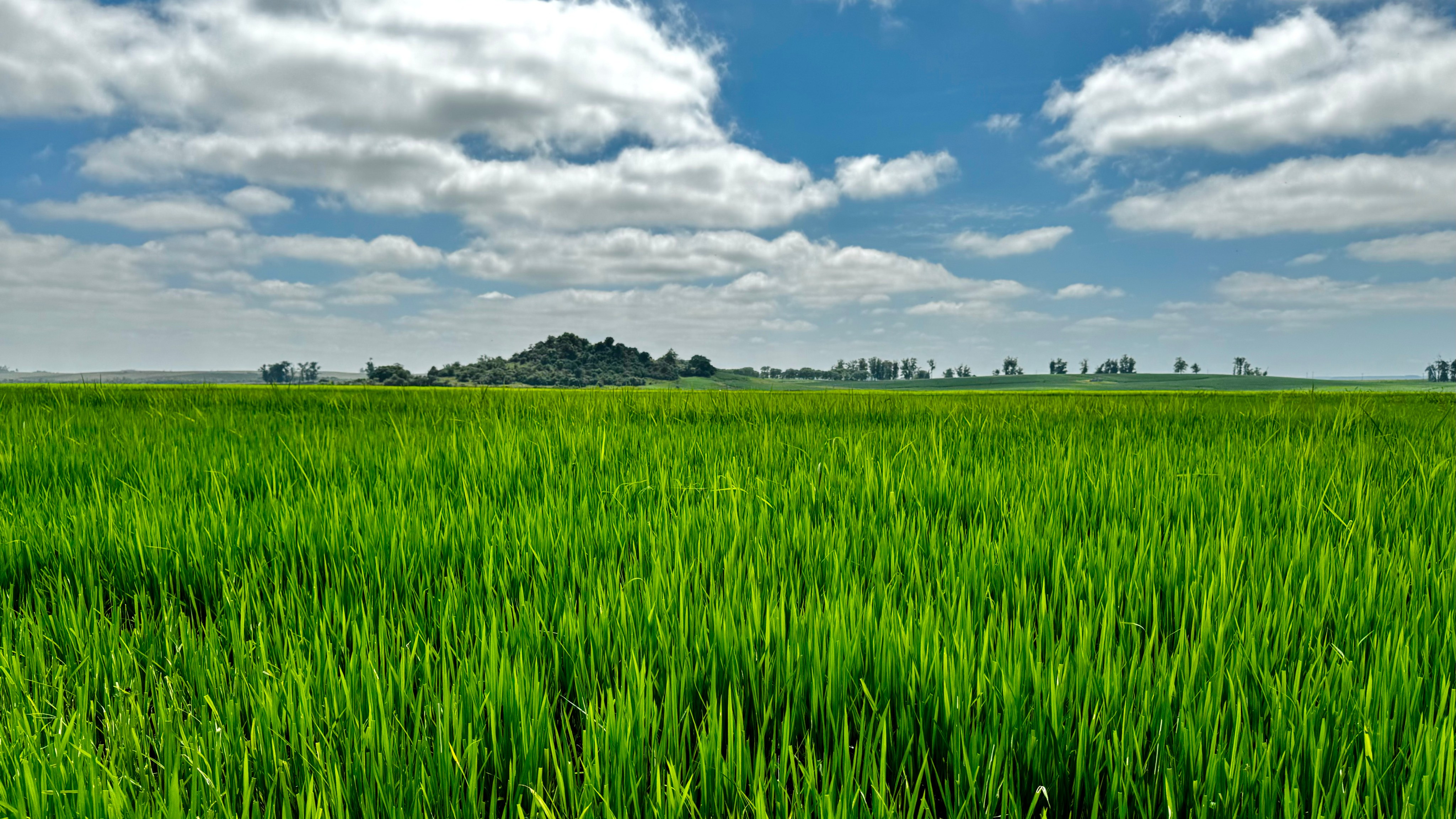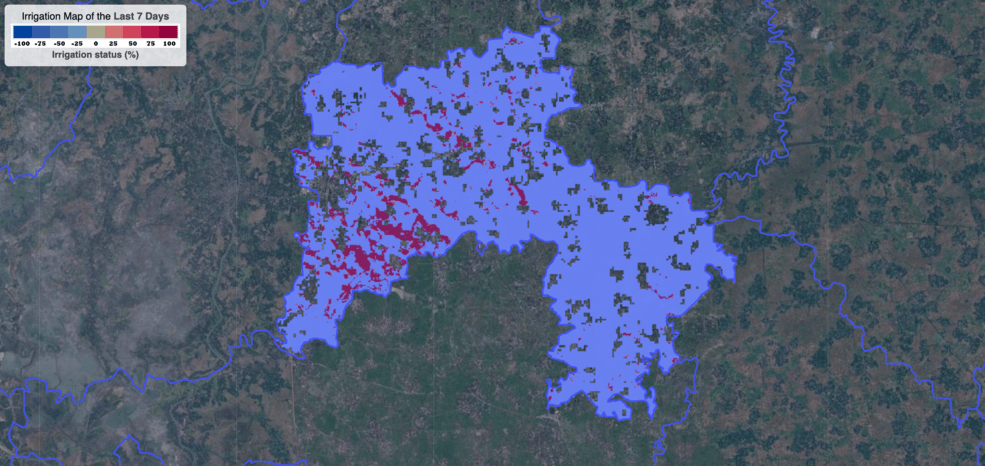Landsat Stories
Filters

NASA Data Reveals Role of Green Spaces in Cooling Cities
As any urban dweller who has lived through a heat wave knows, a shady tree can make all the difference. But what happens when there’s no shade available? A recent study in Nature Communications used NASA satellite data to identify…

Tundra Vegetation to Grow Taller, Greener Through 2100, NASA Study Finds
Warming global climate is changing the vegetation structure of forests in the far north. It’s a trend that will continue at least through the end of this century, according to NASA researchers. The change in forest structure could absorb more…

NASA Open Science Initiative Expands OpenET Across Amazon Basin
The research teams who help sustain the largest freshwater reserve in the world are developing a new tool to promote more resilient farming systems in Brazil. The goal is to help farmers better handle changes in the water cycle, deal…

STELLA: NASA’s DIY Educational Gadget for Measuring Plant Health
STELLA is a handheld gizmo not much bigger than a smartphone, but at the press of a button, it can provide a numerical readout of the overall health of a plant it’s pointed at. It may sound like Star Trek’s…

NASA Data Helps Bangladeshi Farmers Save Water, Money, Energy
Through the Integrated Rice Advisory System program, researchers use NASA and other satellite data to deliver information to Bangladeshi farmers about how much water they are using, how much they have, and how much their crops need.

Researchers Become “Beaver Believers” After Measuring the Impacts of Rewilding
Researchers are using NASA Earth observations to monitor impacts of beaver restoration on water availability in drought-prone ecosystems.

Landsat Next Defined
Landsat Next will fundamentally transform the breadth and depth of freely available actionable information

NASA Engages U.S. Farmers: Bringing Satellite Data Down to Earth
NASA is increasing its decades-long investment in U.S. agriculture through the launch of NASA Acres, a new consortium that will unite physical, social, and economic scientists with leaders in agriculture from public and private sectors

Next up to Continue NASA/USGS’s Landsat Legacy
With a trio of smaller satellites that can each detect 26 wavelengths of light and thermal energy, the Landsat Next mission is expected to look very different from its predecessors that have been observing Earth for 50 years. This new…

NASA Scientists Map Global Salt Marsh Losses and Their Carbon Impact
According to a new NASA-led study, the world has lost 561 square miles (1,453 square kilometers) of salt marshes over the past 20 years. In a recent research paper, scientists described the first consistent global accounting of salt marsh locations…
